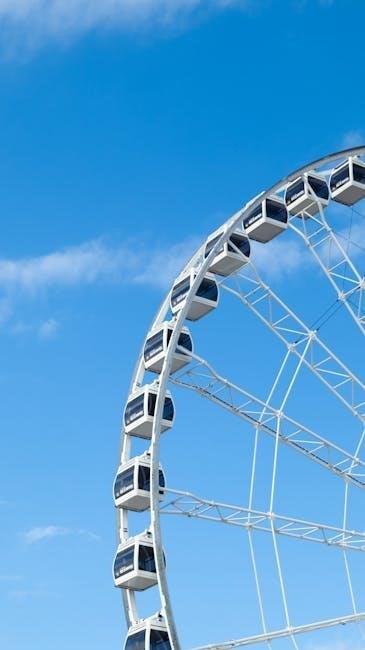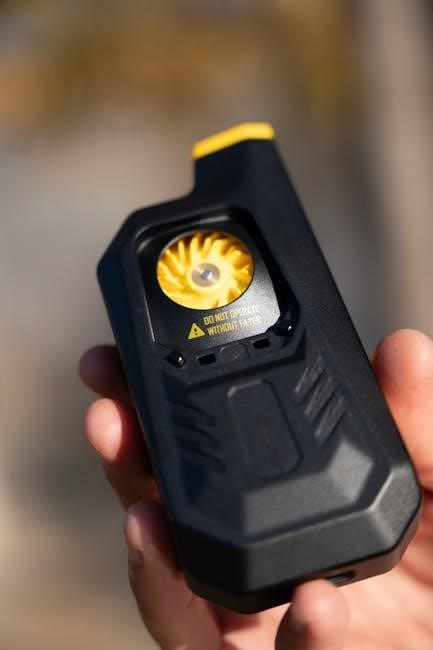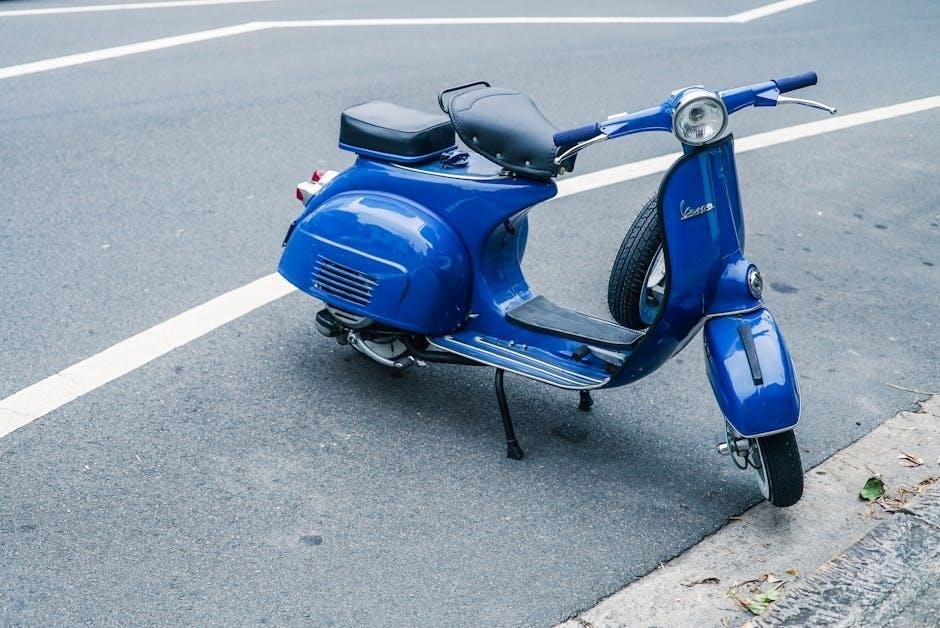Manual air ride diagram provides detailed overview of system components and wiring, including pneumatic diagrams and pressure-based systems, using standard install with toggle switch configurations always.
Overview of Air Ride Suspension Systems
Air ride suspension systems are designed to provide a smooth ride and improved handling for vehicles, using a combination of air springs and shocks to absorb bumps and vibrations. These systems are available in various configurations, including manual and automatic systems, and can be customized to meet the specific needs of each vehicle. The two biggest names in air ride suspension systems are Air Ride Technologies and Air Lift Company, which offer a range of products and solutions for enthusiasts and professionals alike. Air suspension systems don’t require complex installation and can be configured to work with a variety of air springs and shocks, making them a popular choice for many vehicle owners. Overall, air ride suspension systems offer a reliable and efficient way to improve the performance and comfort of a vehicle, making them a great option for those looking to upgrade their suspension.

Types of Air Ride Suspension Systems
Single-tank-single-compressor set-ups include manual, solenoid-controlled, digital-pressure and pressure/ride height-sensing systems always used.
Single-Tank-Single-Compressor Set-Ups
Single-tank-single-compressor set-ups are a common configuration for manual air ride systems, offering a simple and cost-effective solution. These set-ups typically include a single tank, compressor, and valve system, which work together to provide a smooth ride. The single-tank design allows for easy installation and maintenance, while the single-compressor provides sufficient airflow for most applications. Additionally, these set-ups can be configured to include ride height sensors, which allow for precise control over the vehicle’s height. Overall, single-tank-single-compressor set-ups are a popular choice for those looking to install a manual air ride system, due to their simplicity, reliability, and affordability. They are also highly customizable, allowing users to tailor the system to their specific needs and preferences. With proper installation and maintenance, these set-ups can provide years of trouble-free service.

Components of Manual Air Ride Systems
Manual air ride systems consist of air springs, compressors, and valves, working together to provide a smooth ride and adjustable height control always using standard components.
Air Spring and Shock Options
When it comes to air spring and shock options, there are various choices available for manual air ride systems. The type of air spring used can affect the overall performance and ride quality, with some options providing a smoother ride than others. Shock options also play a crucial role in determining the handling and stability of the vehicle. According to the information provided, note that any air spring or shock can be used in each corner, offering flexibility and customization options. Additionally, the pneumatics layout, as shown courtesy of Airlift, provides a clear understanding of the air spring and shock configurations. Overall, the choice of air spring and shock options depends on personal preference, vehicle type, and intended use, allowing for a tailored manual air ride system that meets specific needs and requirements, including those for suspension and ride height control systems.

Installation Considerations
Proper installation is crucial for manual air ride systems, requiring careful planning and execution always using standard configurations. Installation considerations include space and wiring requirements always.
Importance of Proper Installation
Proper installation of manual air ride systems is essential for optimal performance and safety, requiring careful consideration of various factors, including space and wiring requirements. A well-planned installation ensures that the system functions as intended, providing a smooth and comfortable ride. It also helps to prevent potential issues, such as air leaks, electrical problems, and damage to components. Furthermore, proper installation is critical for maintaining the overall health and longevity of the system, reducing the need for costly repairs and replacements. By following established guidelines and best practices, individuals can ensure that their manual air ride system is installed correctly, providing years of reliable service and enjoyment. Additionally, proper installation can also enhance the overall appearance and value of the vehicle, making it a worthwhile investment for any car enthusiast. Proper installation is always recommended.

Wiring Diagrams for Manual Air Ride Systems
Wiring diagrams provide essential guidance for installing manual air ride systems correctly and safely always using standard configurations.
Pneumatic Diagrams and Pressure-Based Systems
Pneumatic diagrams are crucial for understanding the airflow and pressure dynamics in manual air ride systems, enabling the identification of potential issues and optimization of performance.
The diagrams illustrate the layout of components, including air tanks, compressors, and valves, and their interconnections, providing a clear visual representation of the system’s operation.
Pressure-based systems rely on precise control of air pressure to regulate the ride height and suspension characteristics, and the diagrams help to ensure that the system is properly configured and balanced.
By analyzing the pneumatic diagrams, users can troubleshoot problems, such as air leaks or blockages, and make adjustments to optimize the system’s performance and efficiency.
The diagrams also facilitate the installation and maintenance of the system, reducing the risk of errors and ensuring that the manual air ride system operates safely and effectively.
Overall, pneumatic diagrams are an essential tool for working with manual air ride systems.
Troubleshooting and Maintenance
Regular maintenance and troubleshooting ensure optimal performance and longevity of manual air ride systems always using proper techniques and tools available online.
Common Issues and Solutions
Common issues with manual air ride systems include air leaks, faulty compressors, and malfunctioning sensors. These problems can be solved by inspecting the system for leaks, replacing faulty components, and recalibrating the sensors. Online resources provide troubleshooting guides and repair manuals to help users identify and fix issues. Additionally, manufacturers offer technical support and replacement parts to ensure optimal performance. Regular maintenance, such as checking air pressure and cleaning the system, can also prevent common issues. By understanding the common problems and solutions, users can keep their manual air ride systems running smoothly and efficiently. Proper installation and maintenance are crucial to preventing issues and ensuring the system functions as intended. With the right tools and knowledge, users can troubleshoot and repair common issues, saving time and money in the long run. This information is essential for users to stay informed.
